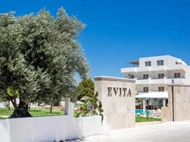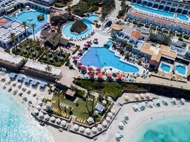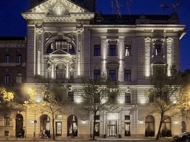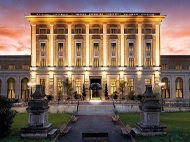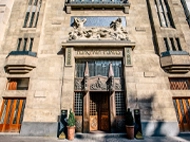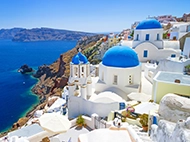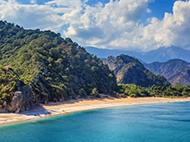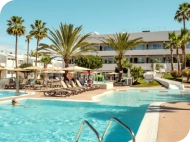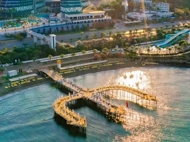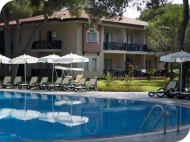holiday search

Volcano in Sicily
Sicily is the largest island in the Mediterranean, and is home to many of Europe's most famous cultural and natural sights. It is perhaps best known for Mount Etna, one of the world's most active volcanoes, which regularly erupts and is the highest peak in Italy south of the Alps. Whether you're visiting the island for a short break or a long holiday, this volcano in Sicily is a must-see.
What to see at Mount Etna
3,329m above sea level, Mount Etna is also Europe's tallest active volcano. It has four summit craters, and is surrounded by the huge Parco dell'Etna national park, which covers nearly 600 square km. There is evidence that Etna has been erupting almost continuously for at least half a million years, and humans have been monitoring this volcano in Sicily for at least 2,700 years. Because it erupts regularly (which releases the pressure in the underground magma chamber that powers this fiery mountain), the events tend to be spectacular but rarely dangerous, and range from an amazing natural fireworks display, to the occasional smoky burp! See the magnificent solidified lava rivers, buy a souvenir at one of the gift shops, and look at the traditional houses that the locals still live in. One of the most picturesque villages near this volcano in Sicily is Novara di Sicilia, a medieval settlement with five beautiful churches. Have a traditional Italian lunch at one of its excellent restaurants, where you can try a local delicacy, the hard and salty Maiorchino pecorini cheese.Getting to the volcano
The easiest way to reach Mount Etna is to take a tour bus from Taormina or a regular bus from Catania to Rifugio Sapienza, from where you'll take a cable car and 4-wheel drive vehicle to the volcano area.Etna ” A famous wine-producing area
The soil below Mount Etna is incredibly rich, which is why much of the land is covered with vineyards, used to create some of the best wines in Italy. At first, it might seem strange that wine producers could grow grapes on this lunar-like landscape. However, the combination of the dry soil, the hot Sicilian sun, and the large temperature contrast at the high elevation of these vineyards makes it possible to grow berries very rapidly and with complex flavours. That's why wine has been made near this volcano in Sicily since the Greeks were in control, more than 2,500 years ago.Book a wine-tasting session near this great volcano in Sicily
Popular vineyards for wine-tasting include Cottanera and Gambino in the northern part, Enoteca Etna in the central part, and Biondi in the southern part. You'll need to book an appointment to visit most of these wineries, so it's a good idea to make a call or send an e-mail at least a few days ahead of the day you intend to visit Mount Etna.Weather and climate in Sicily
Because of its very high elevation, you'll need to bring plenty of warm clothing with you when you go to Mount Etna, even at the height of summer. This volcano in Sicily is even used for skiing in the winter, though daytime temperatures down on the island's southern coast often hover in the late teens (℃) in January and February. Near sea level, summer temperatures typically hit the late 20s or low 30s ℃ in July or August, while spring and autumn are generally pleasantly warm or very mild with more rainfall, with the wettest months on Sicily's east coast being October to February.
